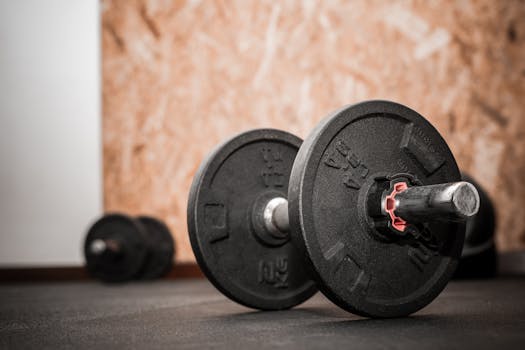
Introduction to HIIT

High-Intensity Interval Training, commonly known as HIIT, has gained immense popularity in the fitness world due to its effectiveness in burning fat and improving overall fitness levels. This training method alternates short bursts of intense exercise with periods of rest or lower-intensity exercise, making it an efficient workout option for those with busy schedules.
Benefits of HIIT for Fat Loss

One of the primary reasons why HIIT is favored for fat loss is its ability to elevate the heart rate and stimulate metabolism. The afterburn effect, also known as excess post-exercise oxygen consumption (EPOC), allows the body to continue burning calories long after the workout is completed. Additionally, HIIT can be tailored to any fitness level, making it accessible to everyone.
How to Start a HIIT Routine

Starting a HIIT routine requires minimal equipment and can be done anywhere, whether at the gym, in a park, or at home. A simple HIIT workout could involve exercises like sprinting, jumping jacks, or burpees. Typically, a HIIT session lasts between 15 to 30 minutes. Beginners should start with shorter intervals and gradually increase the intensity and duration as their fitness improves.
HIIT Workouts for Beginners

For beginners, a sample HIIT workout might look like this:
1. Warm-up (5 minutes): Light jogging or dynamic stretching
2. Workout (20 minutes):
– 30 seconds of sprinting
– 30 seconds of walking
– Repeat for 10 rounds
3. Cool down (5 minutes): Static stretching to reduce muscle soreness.
Conclusion

High-Intensity Interval Training is a powerful tool for fat loss and overall health improvement. By incorporating HIIT into your fitness routine, you can achieve your weight loss goals more efficiently while enjoying a variety of exercises. Remember to listen to your body and adjust the intensity as needed to make the most of your HIIT workouts.






